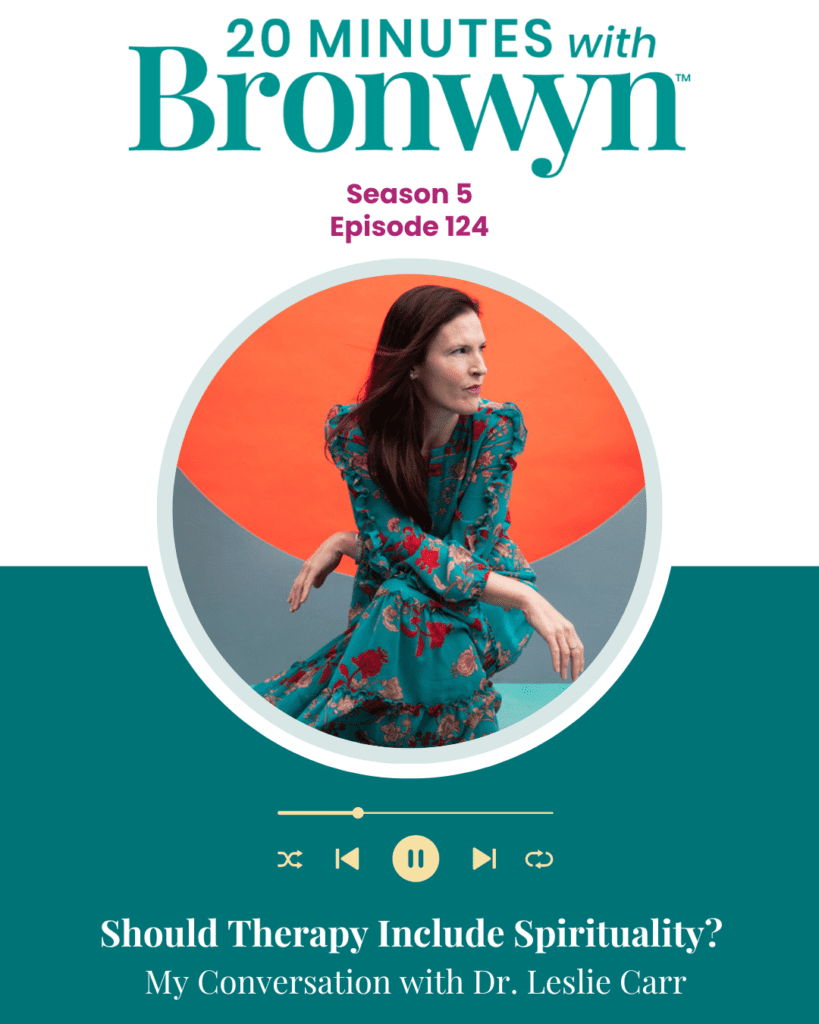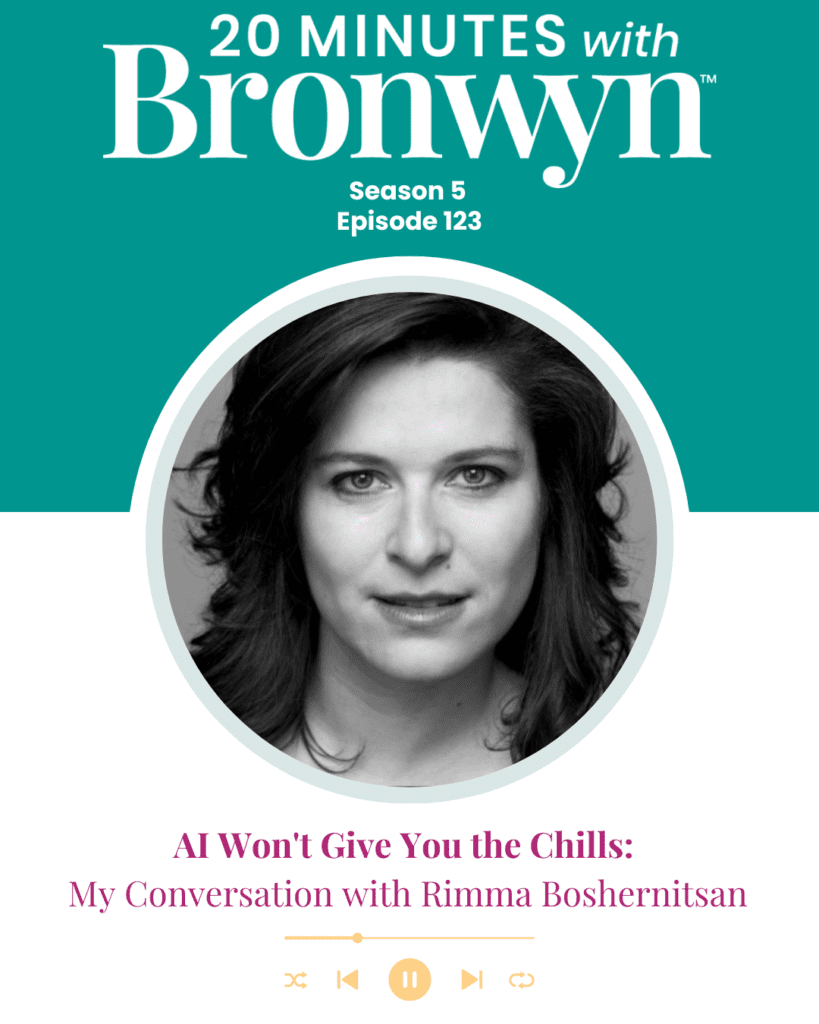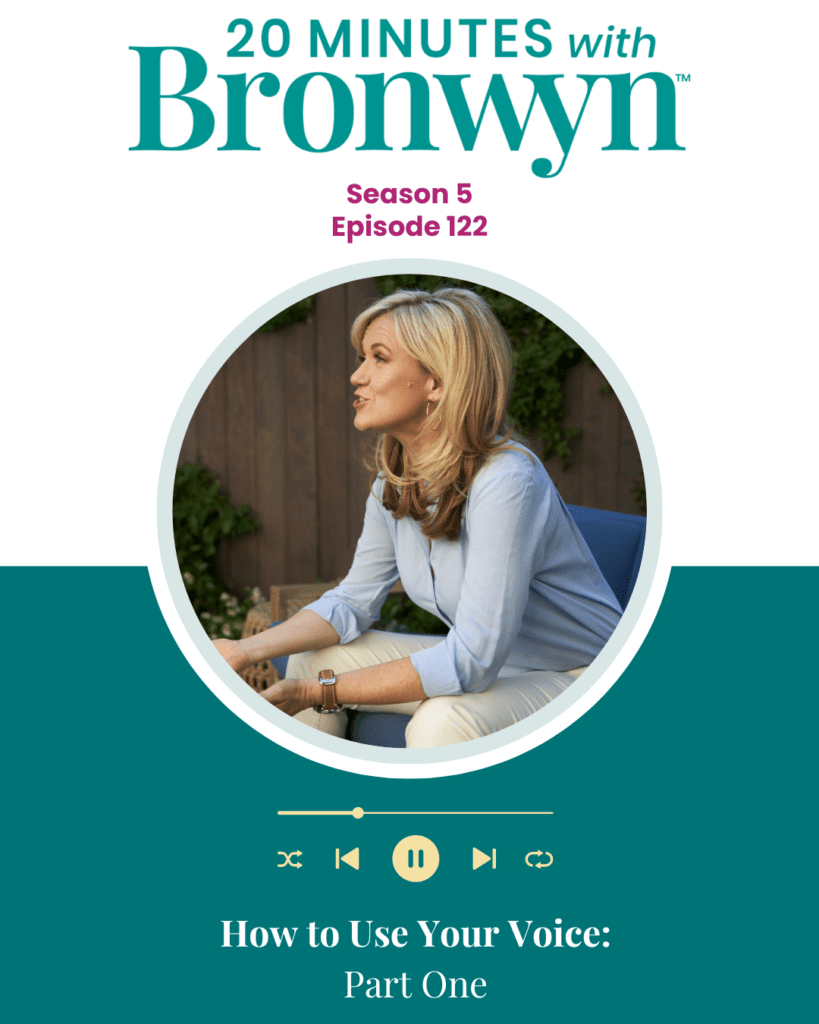This Blog Post, is like, um, Important: Dealing with Vocalized Pauses
Ah, the vocalized pause…
The “ums” the “uhs” the “like”s that can riddle our spoken sentences like bullet holes. If you are someone who struggles with the tyranny of the vocalized pause, there are two things I want you to know:
1) You are not alone, and 2) there is a solution.
As much as you may feel alone in this problem, you are not. Just hang out at your local Starbucks for 20 minutes, or sit through a meeting and you’ll quickly notice that it ain’t just you, friend. All of us have picked up a bit of this habit. But some of us have really picked up the habit. It’s like, um, become a defining part of, like, our speech habits, you know?
Now, you may be asking, “Is that me? Is this a big problem for me?” You know your “um” habit is worth resolving if your vocalized pauses are a distraction to your audience. If you’re not sure, ask someone you trust to be honest with you. If the answer is “yes,” get ready to dive into some interesting self-exploration.
The Need Behind Vocalized Pauses
Whenever I work with clients on this, we first look at the why of it. Like any habit, we picked it up because it worked for us on some level. Otherwise it wouldn’t have become so ingrained.
So take a moment, and determine what your vocalized pause issue sounds like. Do you say “like” a lot? Do you find it hard to make a statement without ending it by saying, “you know?” Or are you more of an “um” and “uh” person?
Once you’ve established that, answer me this: what purpose does the vocalized pause serve?
In my experience, there are a few key psychological needs that vocalized pauses meet.
The Need to Fill/Avoid Silence. When we speak, we often need a nanosecond to string together the next thought in our minds. Rather than allow silence to step in as we assemble our next statement, we throw an um or uh in to fill the gap. Many of us learned to be afraid of silence in a conversation. We may have learned to think silence signals ignorance, or lack of preparation, or weakness. Ironically, some of the greatest communicators of our time use silence very, very effectively. Go back and watch Steve Jobs present. Check out an Oprah Winfrey clip. Tony Robbins. Liz Gilbert. Ken Robinson. Brené Brown. I could go on and on.
Great communicators know that the magic happens in the space between the words. Silence can give heft and strength to a statement. It’s what white space is all about in visual design. Claude Debussy famously said, “Music is the silence between the notes.” I’m pretty sure Charlie Parker and Miles Davis said the same thing. So if avoiding silence is the need your vocalized pause is meeting, consider updating your belief system to embrace silence. Once you do, you’ll see how silence is far more powerful than an um or uh.
The Need to Avoid Interruptions. Many believe on some level that their uhs and ums make it less likely they will be interrupted while speaking. I believe that the habit of using the vocal pause as a shield stems from never having been taught how to graciously respond to interruptions. We’ve never been taught that appropriate push back on an interruption is a skill we have access to. So let’s replace the um-as-a-shield habit with something more constructive.
Let’s say, for example, that you are in the middle of saying something, and it is important to you and to the audience that this thing be said. In this case, you have every right to say what needs to be said. The key is to have your tone stay neutral, so people don’t feel attacked as you assert your need to finish your thought.
Phrases like this one work well:
“Let me finish this thought, then I’d love to hear your thought as well.”
But let’s say that despite your best efforts, you get railroaded. Maybe the other person is just too passionate or excited to heed your request. Take a deep breath and ask yourself, is what I have to say important enough to the group (and to myself) to circle back and make sure it gets articulated? If the answer is yes, write down the thought so you don’t forget it, and then at an opening in the conversation, or even at the end of the discussion, use a phrase like this one:
“There’s just one last point I need to make.” And then make your point as clearly and concisely as you can. You will be shocked by how well this works. What I also love about this approach is that by writing down your thought, you free yourself up to actually listen and be present to the rest of the conversation, rather than mentally plotting and planning, waiting for your moment to weigh in again.
The Need to Conceal Your Discomfort with the Topic.
Sometimes we revert to vocalized pauses because we aren’t comfortable with a certain topic. I remember a few years ago, my daughter asked me a question about sex that I was utterly unprepared for. For the first part of the discussion, my um-per-sentence ratio was off the charts. I was completely caught off guard. But once I took a few deep breaths and calmed down, I regained control over my voice and my ability to speak calmly about a topic I was unprepared for.
So if you are uncomfortable with a certain topic, ideally, the first line of defense is….
Preparation. If you are in a press interview or a public or work meeting, it pays to think through any potential questions that might come up before you are in the hot seat.
But hey, sometimes shit happens. Your kid ambushes you with a question about sex. Your boss asks you about something you hadn’t considered yet. A press person lands on the one topic you aren’t comfortable answering. What then?
Breathe. Breathing will slow down the fight, flight or freeze instinct and will give you control over the part of your brain that handles problem-solving and creativity. And you really do need those skills.
Graciously Decline. If you are truly not comfortable with a topic because it’s outside your field of knowledge, just say so! “I’m not the expert on this. But XYZ is, and I’d be happy to follow up with him/her and get you the answer.” And the truth is, seeing someone graciously state that they don’t have an answer but they can call on someone who does is rather awe-inspiring. And it builds trust and credibility, because now it is clear that you are honest and open about what you know and what you don’t know.
Maybe all three of these “needs” apply to you. Maybe the reason for your vocalized pauses isn’t listed here. What’s important is that you do the work of understanding the why of this habit, and create a new habit to replace it. Once that work is done, you get to move into experimentation mode.
Low Risk Practice
Remember when you learned to drive? Did your instructor/family member let you drive onto a main street right away? Of course not. It’s more likely that you were taken to a nice empty, open parking lot or something of that ilk. That way, you had very few risks and you could learn in a safe environment.
Once you’ve decided that you want to learn how to speak without your habitual pauses you need to practice speaking um-free. Depending on how prominent vocalized pauses are in your speech patterns, this experience can range from amusing to mildly challenging to downright excruciating. It matters not. Just try it.
Choose a very safe person to practice with. Someone who won’t judge you or make you feel like an ass for needing to practice basic speaking. Make little um-free zones in your conversation. Vocalized pauses tend to surface when we are trying to explain something or illustrate a point. So make sure you zero in on those moments. Attempt to use silence as your replacement for the vocalization. Have your friend promise not to interrupt you. You can practice the new habit of gracefully dealing with being interrupted later.
Notice what comes up for you. Articulate why this so hard (or so easy!) for you. Becoming aware and awake to this speech pattern is the first step to rid you of this bad habit. Awareness and, of course, practice. Once you get stronger, and it’s less of a struggle to speak without a vocalized pause, then start to work with this new skill in higher stake situations. But be patient with yourself. This isn’t easy work. Keep practicing in safe, low risk scenarios. Once you’ve gained some competence and confidence, begin to practice in higher risk scenarios. Before you know it, the habit will become an endearing memory of the way you used to speak.
If you’ve made it this far, as a bonus, I will share my own soft, white underbelly.
I too suffered at the clutches of the vocalized pause. My particular poison was thelike. Here’s an example:
“Well, like, what I think is happening here, is like, a total breakdown of, like, communication.”
Go ahead. Cringe a little. It’s terrible, I know.
You see, I was raised during the 1980s in Orange County, Southern California during the Valley Girl era. If you’re too young (or too old) to know what this is, Moon Unit Zappa (daughter of Frank) wrote a song that illustrates this charming dialect perfectly. (Zappa performed it on Solid Gold, which is not to be missed. You’re welcome.) We all spoke this way in the OC, back in the day. Our parents must have been appalled.
Eventually, I lost much of my Valley Girl accent. But the likes continued to plague me for a long, long time. I finally decided that enough was enough, and that no self respecting businesswoman would say like 25 times per sentence. Ok, it wasn’t that bad, but you get the idea.
After some experimentation and reflection, I realized that the psychological “need” my likes were meeting was a need to belong. Speaking that way as kids and teenagers was how we signaled “I belong” to each other. The thicker the Valley Girl accent, the more you belonged to the tribe. All of this was unspoken of course, and operating deeply at the subconscious level.
Once I realized this, it was much easier to slow down and use silence as a replacement habit. Once I thought about this psychological need in the context of work, I realized Valley Girl speech signaled the exactly opposite of belonging: It meant, “I’m not mature enough to belong.” So I immediately set out to pick up the language of the new tribe. And the communicators I admired most understood the power of well-placed silence. So it was their language I worked to pickup.
The beautiful thing about communication is that we have the ability to choose how and when to communicate what. Being a great communicator doesn’t mean that we become stiff, overly formal politicians-in-training. If you see me out with my posse of friends, you will hear all manner of likes being bandied about. But in that context, it is the language I like to speak, because it’s the language of my tribe.
So, in certain contexts, your vocalized pauses may be a-ok. The trick is to gain control over the speech patterns that hold you back, vs. being at the mercy of your own bad habits.
Gaining that level of control over your speech is the path you are now on.
Good luck on your journey, my friend.
And, like, may the Force be with you.
















